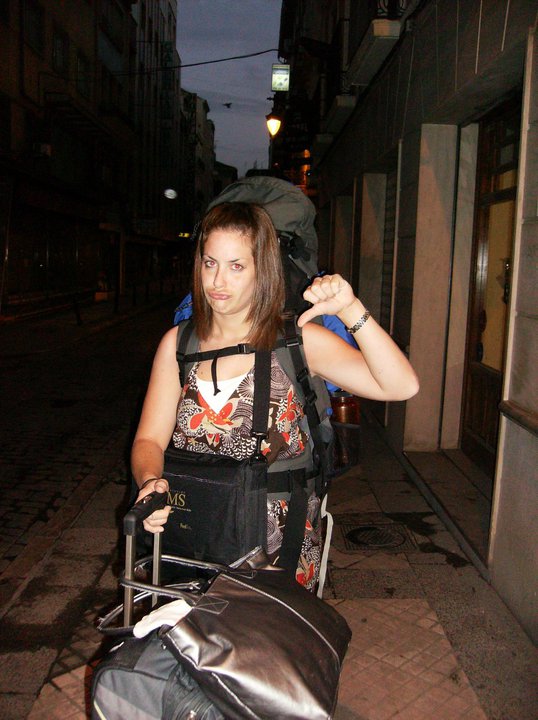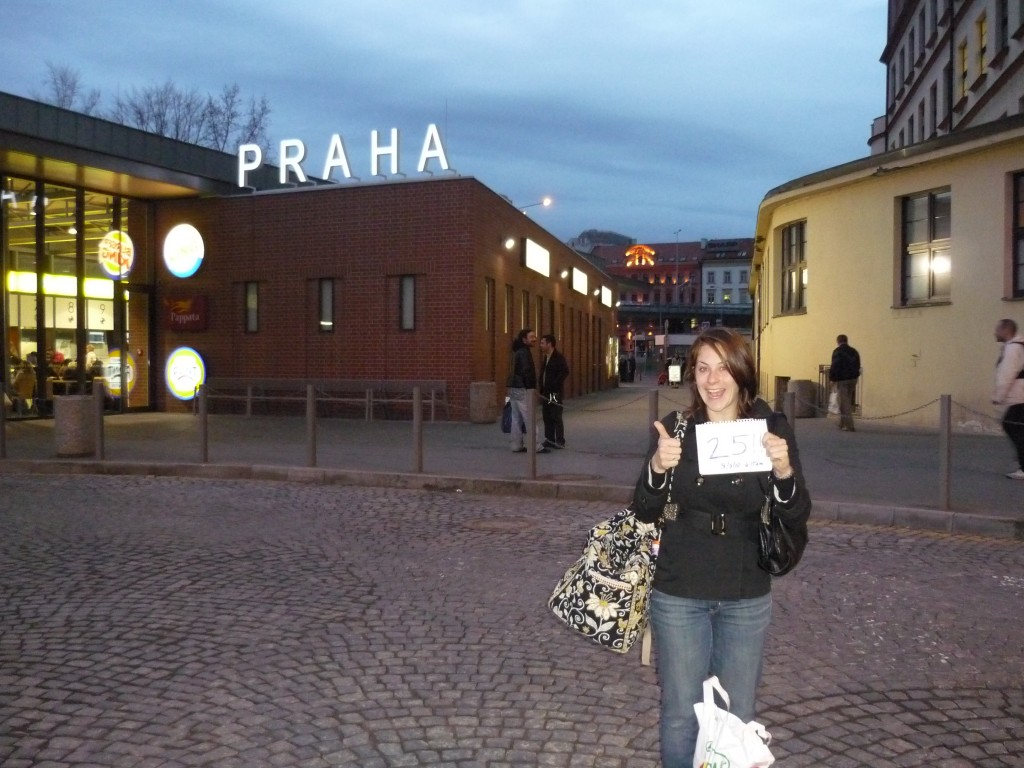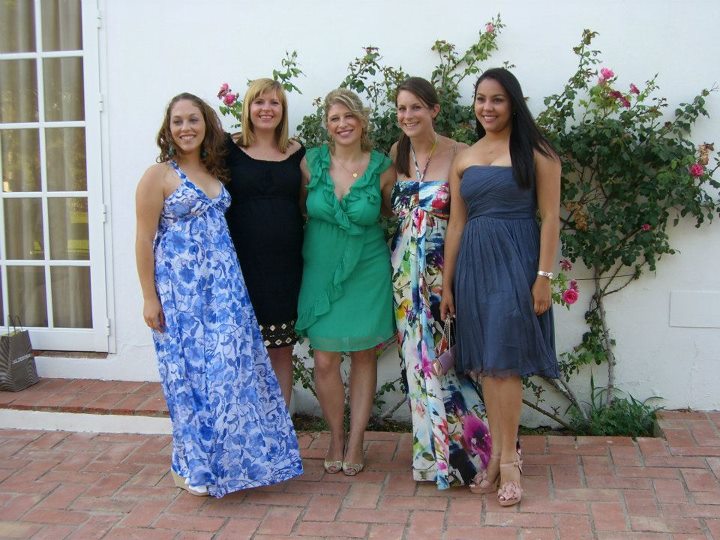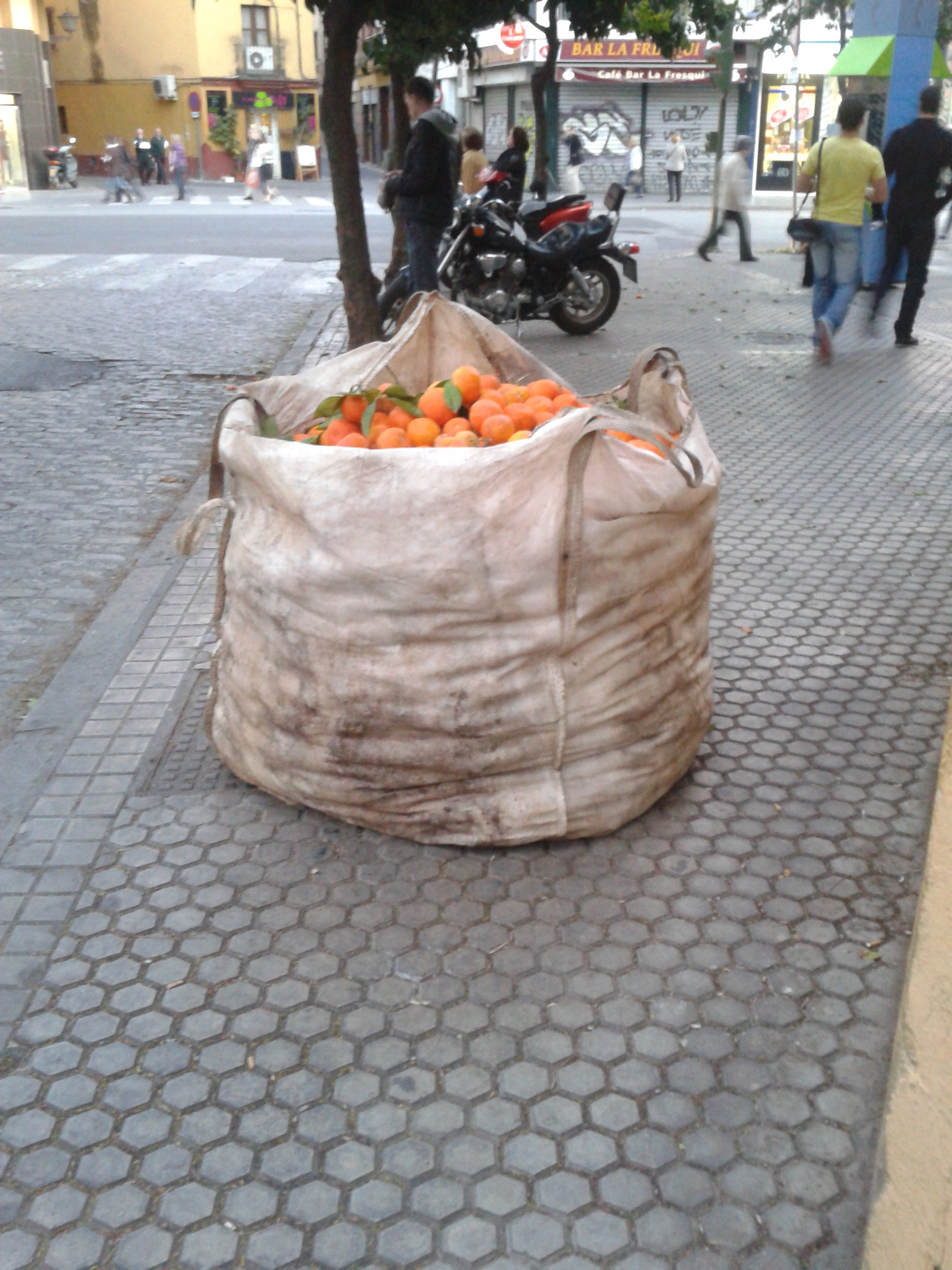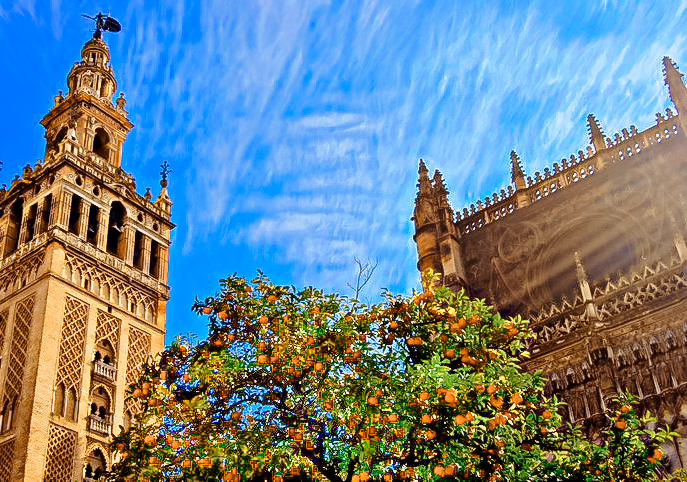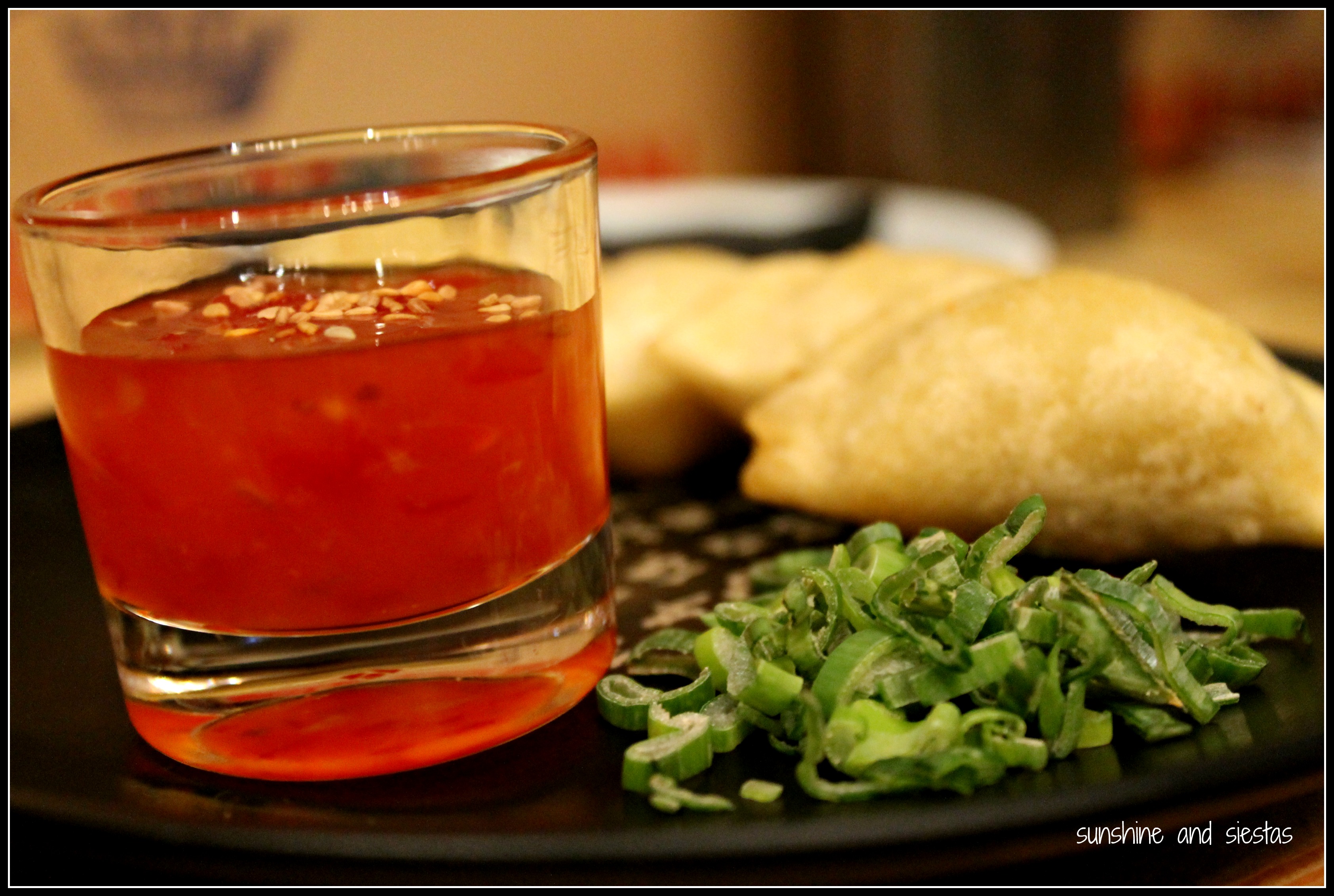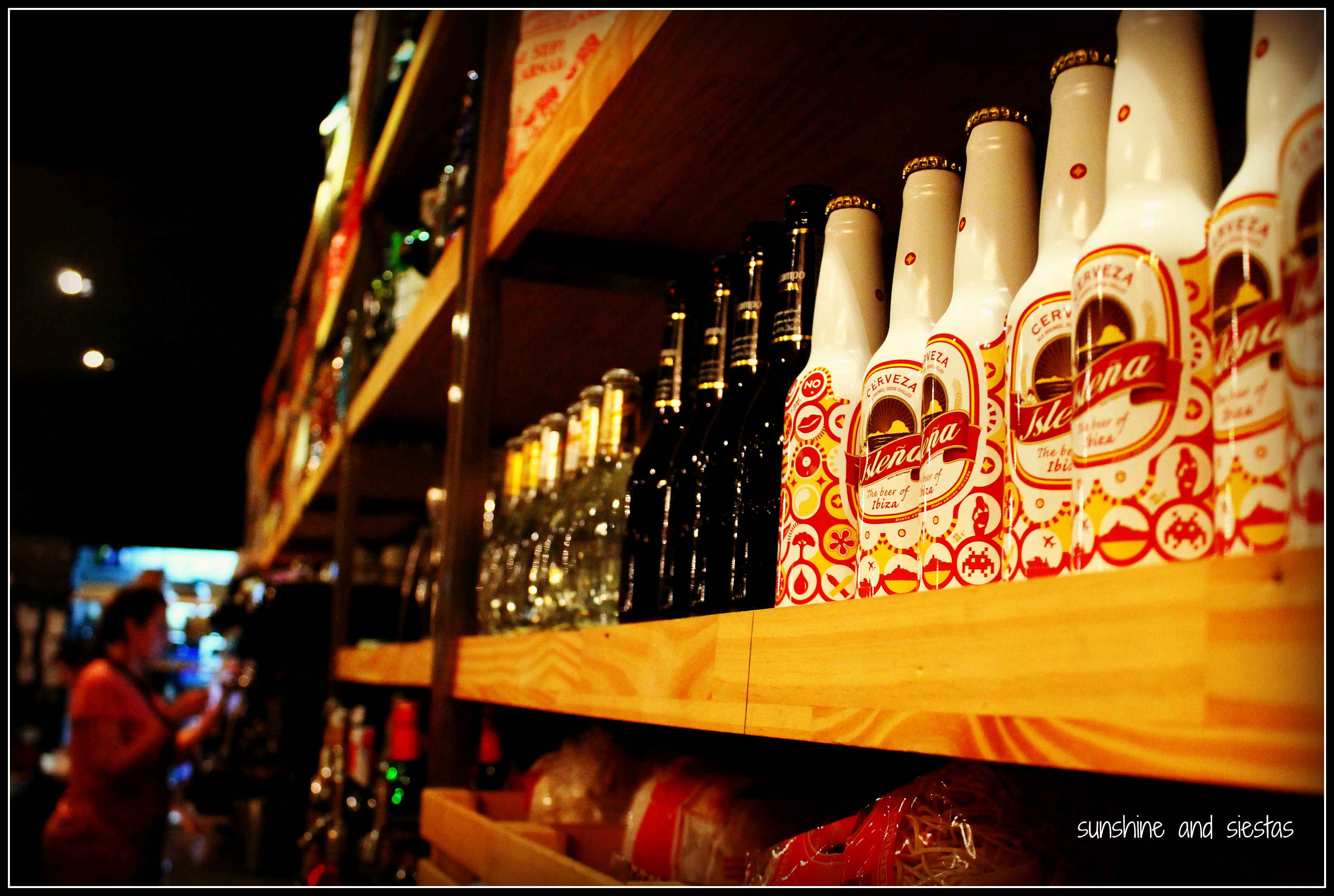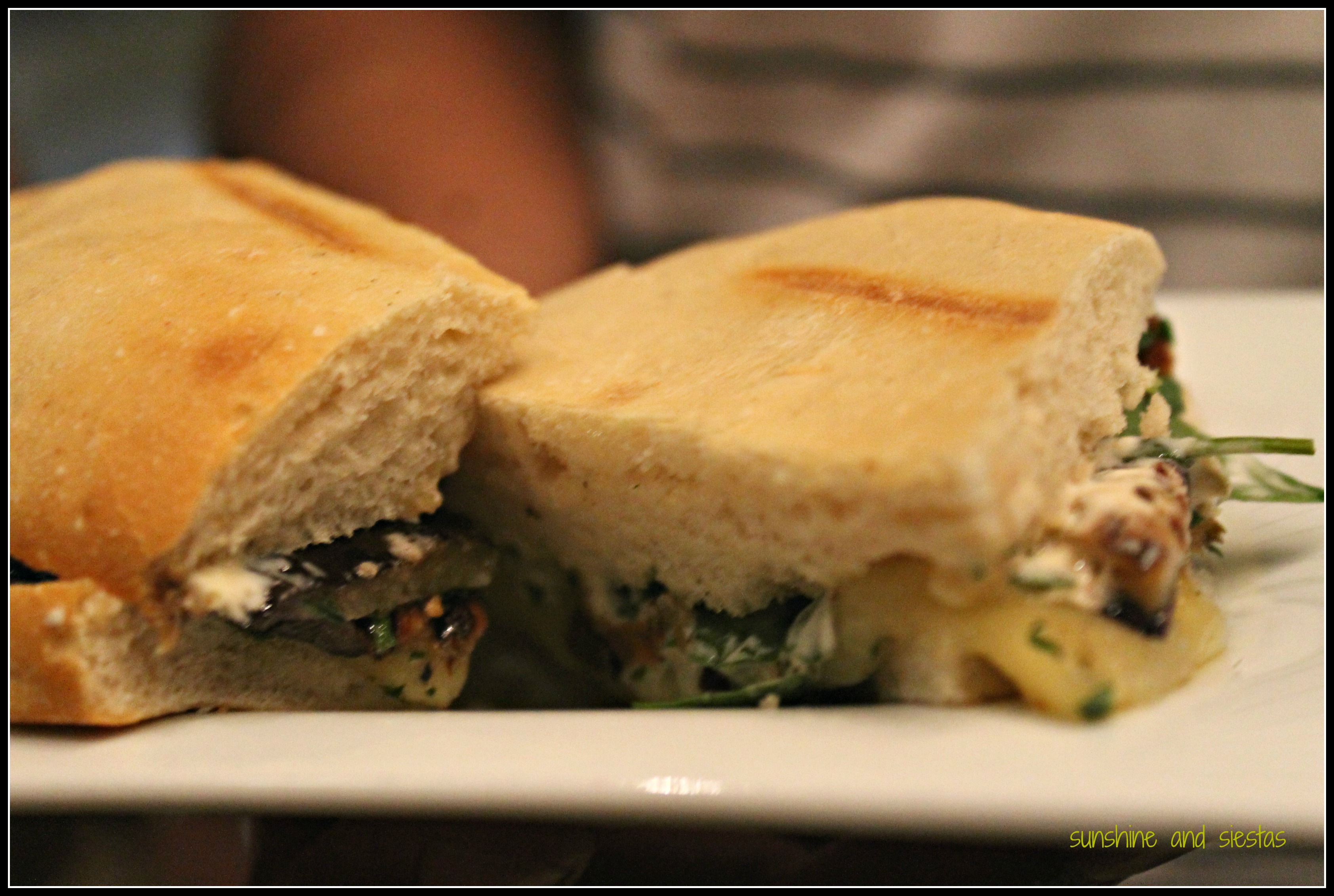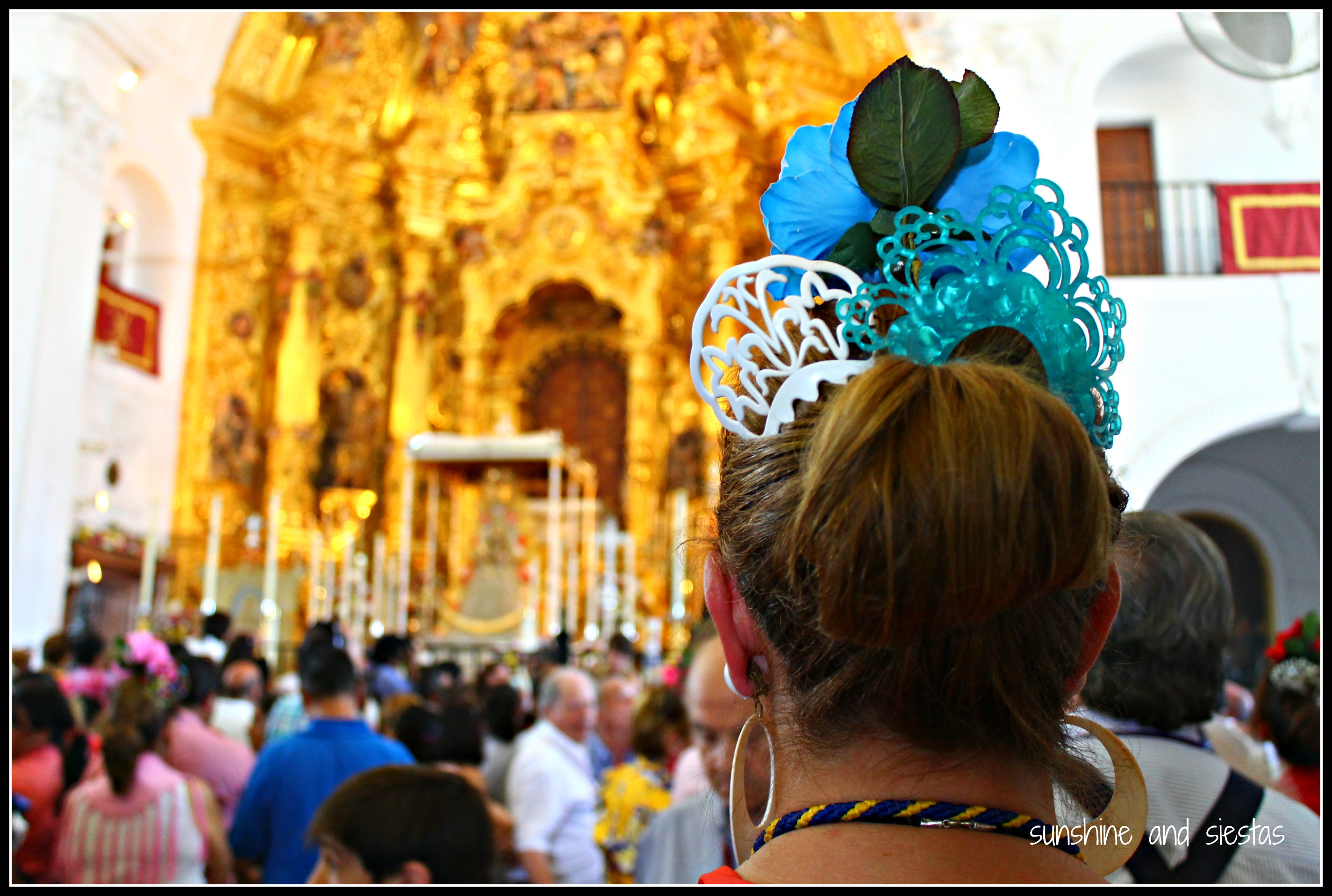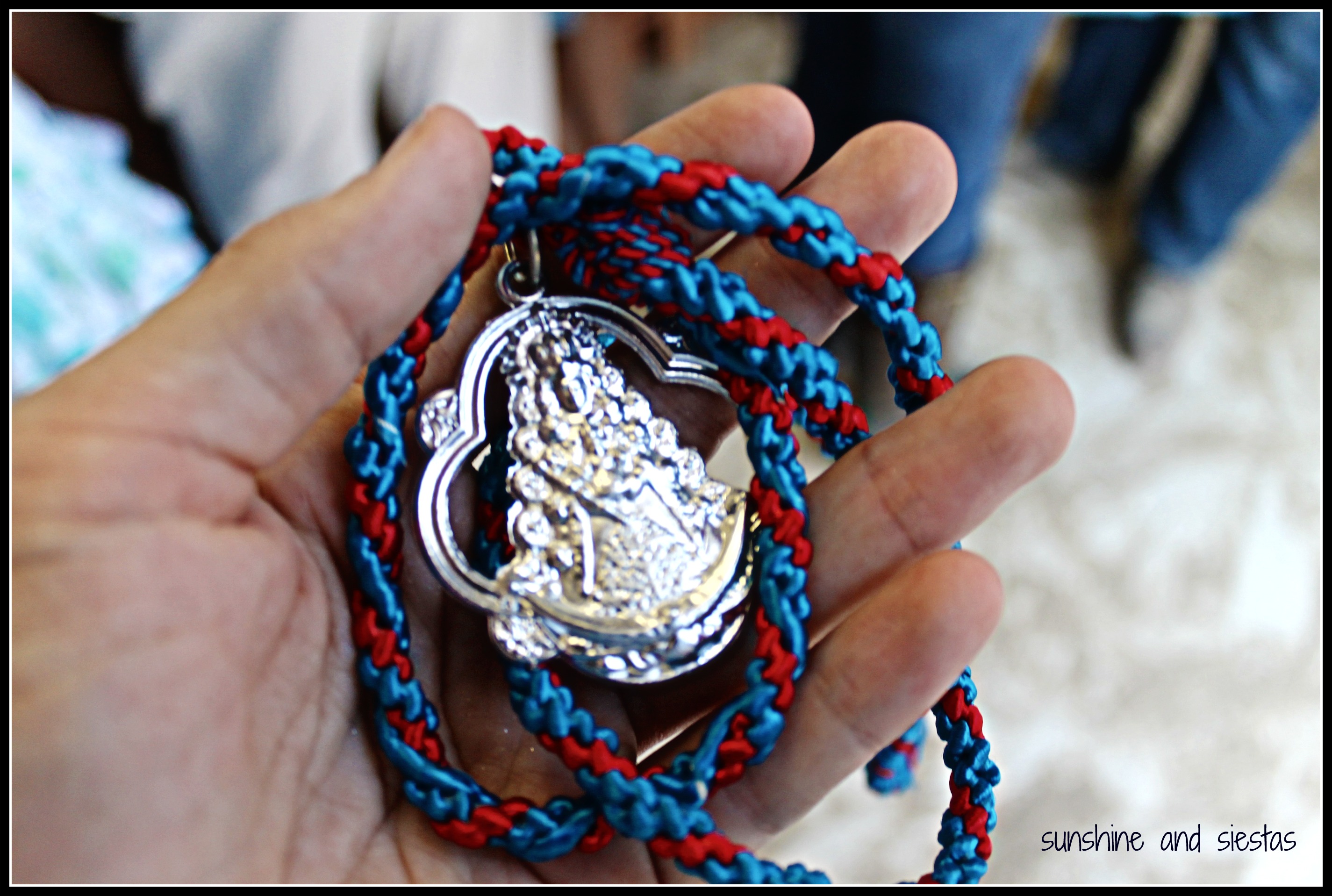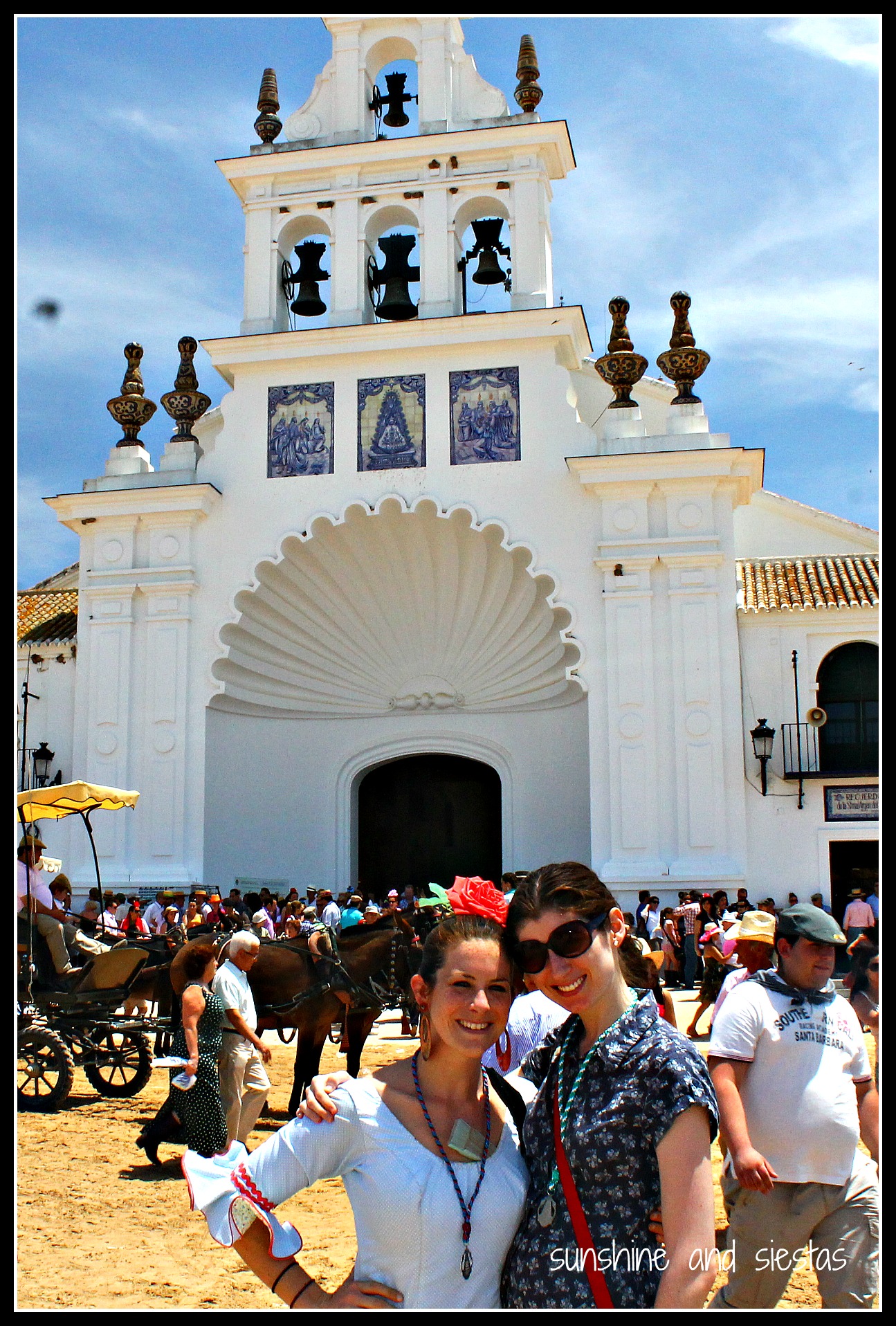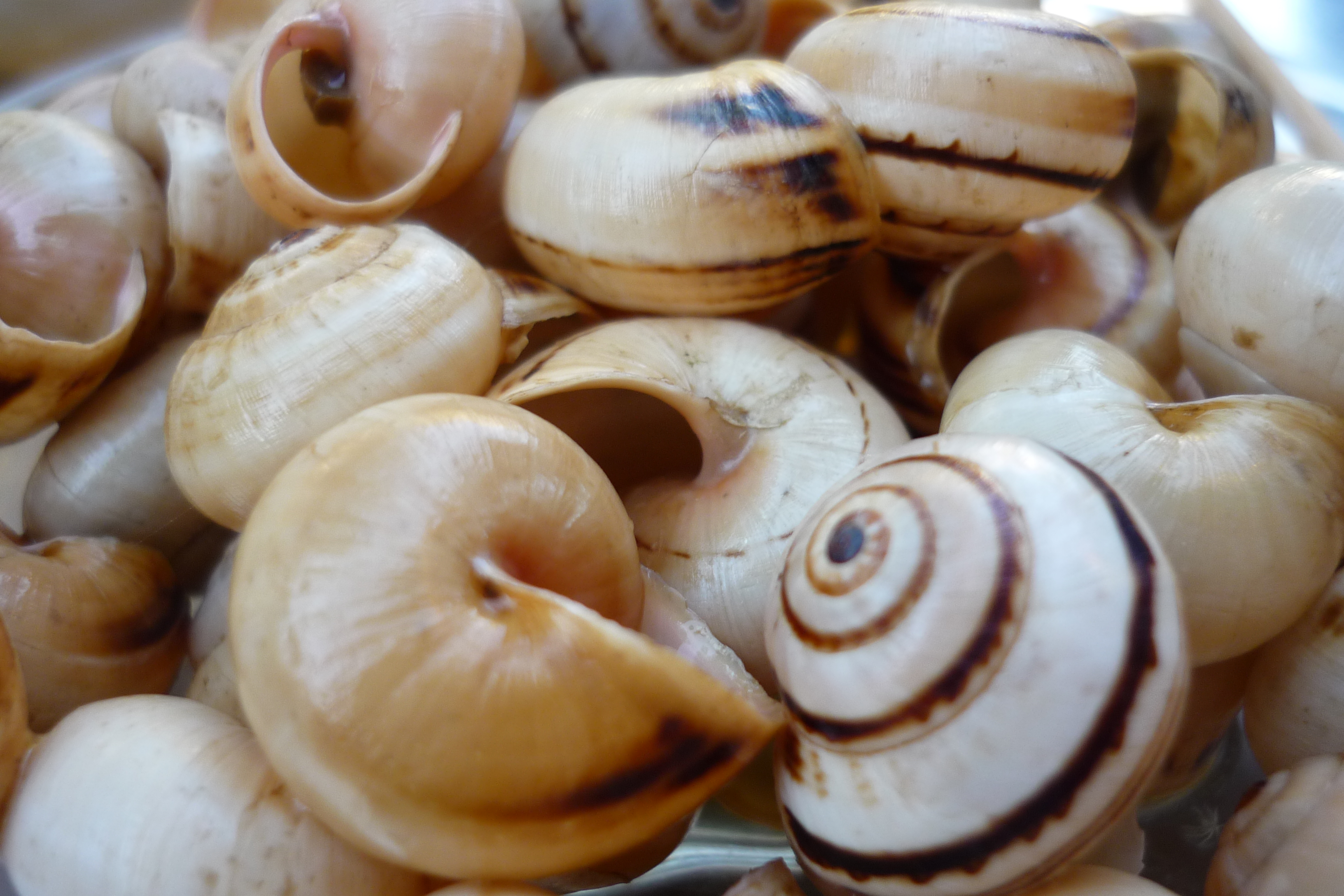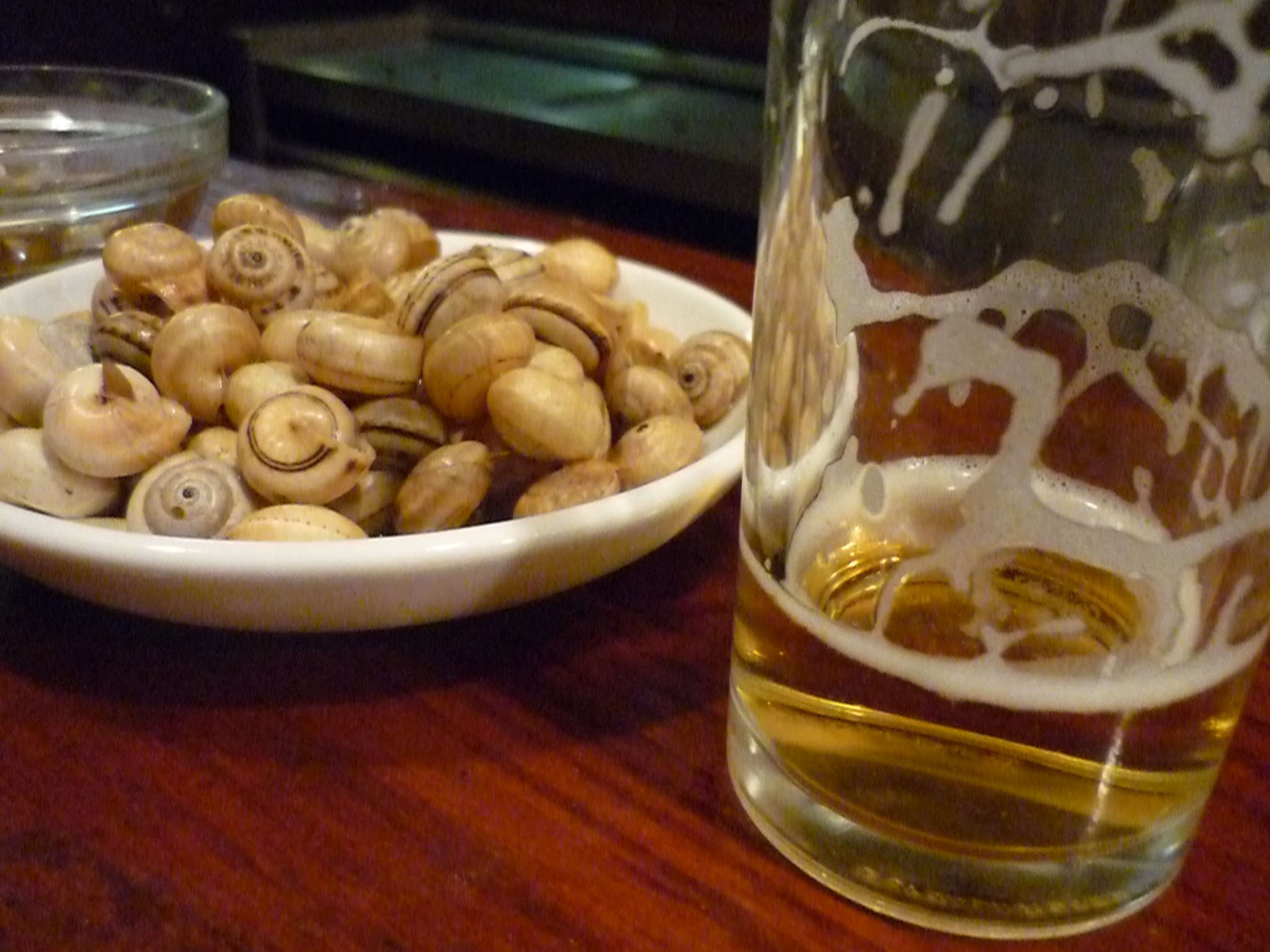The chalk squeaked as I drew a line under the word SUCCESS. My 4 ESO students read it, es-soox-essss, a habit I hadn’t been able to break in my three years working with them. I always knew it would be an uphill battle.
I crumpled small slips of paper from atop the teacher’s desk and picked one up. “Teacher, you are beautiful.” That little paper ball went right into Franci’s face.
At the end of my three years of teaching at I.E.S. Heliche, I asked my 16-year-olds to tell me one thing that made them feel successful before turning the question, “Has your English teacher been successful?
When I graduated, I made a list of three things to accomplish in my first three years out of college. Five years later, I’m closing in on my fifth anniversary of moving to Spain on September 12th. I told myself I could consider myself successful if I accomplished three things – but that list seems to grow as my years in the land of sunshine and siestas climb.
Last year, I examined the four things I love about Spain. This year, the five most important things I’ve accomplished during my years in Spain.
Year One. Move Abroad
Once I had studied abroad, I knew that the only place for me to go after graduation was to anywhere but America. I did all of the research, using my study abroad office and contacts I’d made through the Daily Iowan. When the opportunity to participate in the North American Language Assistants program came up, I abandoned my plans to do a work holiday in Ireland and brushed up on my Spanish. Working just 12 hours a week gave me time to do an internship at a travel company, make friends and travel throughout Iberia.
My parents came to visit at Christmas this year, and I struggled at even mundane tasks, like translating menus and asking for directions. My dad joked that I’d been to busy guzzling sangria to actually learn the language, so my goal for my second year in Spain was to work on perfecting my castellano.
Year Two. Learn Spanish. Really, like actually speak it.
As anyone who has traveled to Spain can tell you, the Spanish they teach you in school no vale over here. I struggled with my accent and theirs, didn’t understand their slang. It even took the Novio and I several months speaking in English before I worked up the nerve to ask to switch to Spanish.
The majority of my life in Spain is now down in my second tongue, but it didn’t come easy. I bought several books, began watching TV in Spanish and made an effort to use it as often as possible. Become proficient in Spanish has taken me thirteen years, but I finally have the C1 Certification of Proficiency from the Instituto Cervantes. Toma. Time to focus on something more fun, like traveling.
Read about preparing for and taking the DELE. Then read about my weirdo accent.
Year Three. Travel to 25 countries before turning 25.
The time I didn’t spend learning Spanish during my first year was time I spent traveling, hitting six new countries andseveral regions in Spain. My goal to travel to 25 foreign countries looked more and more possible.
I traveled overnight from Budapest to Prague with my friend Lauren, and she snapped a 6am picture of me setting foot in the 25th. Since then, I’ve been to several more, but all the while I’ve felt fortunate to have a springboard from which to explore Europe. I’ve done some cool things, like snuck into monasteries in Romania, ridden a donkey through rural Morocco, camped under the stars on Spain’s Most Beautiful Beach.
Read my Top 25 moments (with links between all five posts) on Backpacking Matt.
Year Four. Beat the Paperwork Game.
By far one of the biggest pitfalls of being a non-European in Spain is the paperwork hassle. Any guiri can tell you that the standing in lines, running from one office to another, surrendering all of your personal info and then not hearing back for weeks is enough to make you turn around and say adiós to Spain.
Stranded with few options for renewing my student visa status after the Auxiliares program dropped me, I struggled to find a way to legally stay in Spain, even considering working illegally. I exhausted my contacts one by one until the US Consular Agent suggested something that have never occurred to me: lying.
I already had paperwork pending for a Master’s I’d decided not to do, so I hopped on the first bus to Madrid and applied. Having never filed paperwork in the capital, I wasn’t aware that the Foreigner’s Office worked on an appointment system, and that they were booked for months (which also meant I stood out in the cold for several hours alone). The guard gave me the number, and I called. Tensely. Making things up. And I got in the day before my residence card expired.
Kike and I had also done a de-facto partnership, which was passed from a simple piece of paper denoting that he was responsible for me to a piece of plastic denoting I could stay in Spain for five years without having a porque to go near the office. I fought the law, and the law handed me a loophole.
Read How to Deal with the Foreigner’s Office and how to trick funcionarios and pretend you’re smart.
Year Five. Find a Stable Group of Friends
The problem with being an expat is that many people come and go, making my cycle of friends constantly in motion. Even those I think will be long-term sometimes pack up and go. And with a partner in the military, I still find myself alone. Finding friends is easy, but keeping those who are inclined to stick around – both American and foreign – has been more difficult. Thanks to the American Women’s Club, working at a school with Spaniards and making an effort to befriend Kike’s friends, I’ve got friends all over Spain, and I sadly don’t spend much time with people I know will only be in Seville for a year.
Algo se muere en el alma, right? Have drunkenly sung that sevillana far too many times.
Year Six. Figure out how long-term this all is.
My students decided that I had, in fact, been successful in my first three years in Spain. Still, all of these years abroad has gotten me a little disconcerted. I’ve spoken with a lot of expat friends on the subject fo staying in Spain, especially admist a crippling financial crisis and little job security. Why not go to America? I ask them and myself. Who wouldn’t want a mortgage, kids and to deal with all those stupid jingles?
Haha, oh yeah. Looks like it’s time to set some new goals – what should they be?
